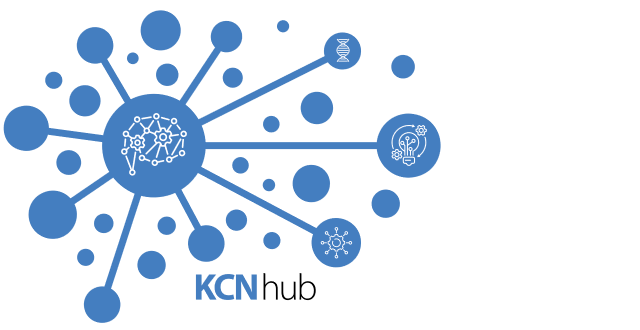Internal KCN: Exploring theta frequency spiking resonance in oriens-lacunosum/moleculare cells in a two-dimensional structural-kinetic physiological space
Abstract: Conductance-based models have been pivotal in advancing modern neuroscience, offering powerful mathematical tools for theoretical exploration in experimentally challenging scenarios. The integration of morphologically accurate, multi-compartment models, facilitated by advances in computational capabilities, is becoming standard. However, the inclusion of intricate biological details increases the computational demands, posing challenges for extensive exploration and analysis. This study focuses on oriens-lacunosum/moleculare (OLM) cells, which contribute to functionally relevant theta rhythms in the hippocampus through spiking resonance at theta frequencies. While previous research identified hyperpolarization-activated cation and muscarinic-type potassium currents as contributors to OLM cell spiking resonance, the underlying characteristics remain unclear. Using a previously developed reduced single compartment OLM cell model, we performed parametric variation and dimensional reduction of the parameter space. The parameter space of the OLM cell model was reduced to a two-dimensional structural-kinetic (SK) physiological parameter space. Our findings demonstrate that OLM cell activity, specifically related to theta frequency spiking resonance, can be effectively characterized within this two-dimensional SK space. Categorization of OLM cells into distinct clusters based on their activity indicates a separation of activity of OLM cells in the SK space. The utilization of the SK framework provides valuable insights into the key parameters influencing mechanisms that enable theta frequency spiking resonance in OLM cells. This approach enhances our understanding of the intricate interplay of physiological parameters governing OLM cell activity and its implications for hippocampal theta rhythms.
